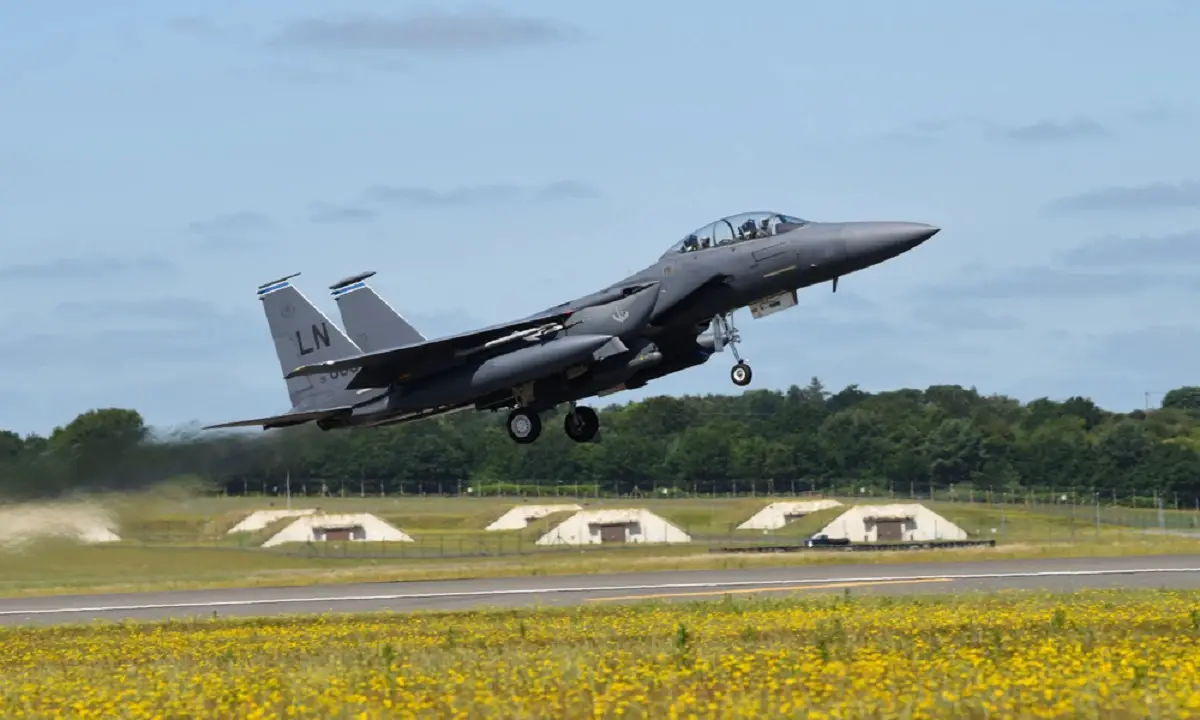The U.S. 48th Fighter Wing Component Maintenance Squadron at RAF Lakenheath, England, is currently home to the only avionics Centralized Repair Facility (CRF) capable of repairing F-15 radar Line Replaceable Units (LRUs) with the help of the Enhanced Aircraft Radar Test Station (EARTS). In an era of Great Power Competition that’s rapidly evolving, the U.S. Air Force is looking to continue its air dominance, and that requires change in areas where outdated equipment is quickly being challenged by new technology. To answer that challenge the fighter wing’s avionics CRF, in the coming months is planning to replace the last operational EARTS in the U.S. Air Force that has served as the primary repair facility for the entire F-15E fleet since 2021.
This legacy radar system is a multimode radar for both air-to-air and air-to-ground missions. The radar feeds target information into the F-15’s central computer for effective weapons delivery. For close-in dogfights, the radar automatically acquires enemy aircraft and projects this information onto the cockpit head-up display becoming the “Eyes of the Eagle.” The fleet’s Radar Modernization Program (RMP) is replacing the F-15E legacy APG-70 mechanically scanned radar with an active electronically scanned array (AESA) system, designated as the APG-82(V)1.

“Saying goodbye to what I know, is going to be tough. But this new system is able to detect, identify and track multiple air and surface targets at longer ranges than ever, allowing our pilots to maintain sky superiority, so there is a plus side to it,” said Staff Sgt. Richard George, 48th CMS, EARTS team leader.
“As we transition to the new radar system, we recognize the need of modernization to overcome evolving threats. While bidding farewell to the legacy EARTS system may be bittersweet, the advancements offered by the APG-82 AESA radar provide enhanced capabilities crucial for effective mission execution in the face of emerging challenges,” said Senior Master Sgt. Thomas Flynn, 48th CMS Avionics Flight superintendent.
The RMP is designed to retain functionality of the legacy radar system while providing expanded mission employment capabilities to include improved tracking, longer range and higher resolution radar mapping, as well as enhanced combat identification capabilities giving Airmen more lethality in the fight against adversaries. This upgrade aligns with “Optimizing the Air Force for Great Power Change,” better aligning the mission here at the 48th Fighter Wing focused on the requirements that will keep the U.S. Air Force competitive in an ever-changing security environment.















